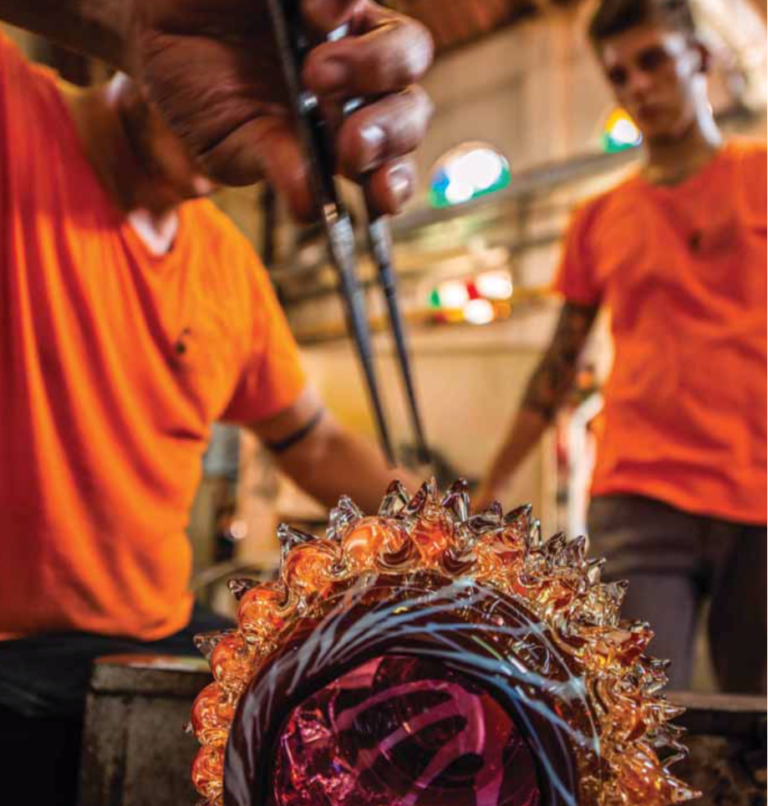Glass is a material we all encounter in various forms every day. But have you ever wondered what exactly glass is made of? Let’s delve into the world of glass and explore its composition.
The composition of glass
At its core, glass is primarily composed of three main ingredients: silica, soda ash, and limestone.

Silica, the key component, is derived from sand, which is heated at high temperatures to create a molten form. This molten silica serves as the foundation of glass production. Soda ash, also known as sodium carbonate, is added to the molten silica to lower its melting point and make it easier to work with. Limestone, which consists mainly of calcium carbonate, is used to stabilize the glass and enhance its durability.
The combination of these ingredients creates a transparent, solid substance with a unique molecular structure. Unlike crystalline materials, glass lacks a definitive internal structure, giving it its distinct properties. This amorphous nature allows glass to be molded, shaped, and transformed into various objects, making it a versatile material in numerous industries.
Colours
But what sets Murano glass apart from other types of glass? Murano glass is renowned for its exceptional quality and craftsmanship, with a rich history dating back centuries. What makes it truly special is the addition of mineral oxides to the glass mixture, such as cobalt for blue hues or gold for vibrant reds. These oxides infuse the glass with captivating colors and patterns.

So the next time you admire a delicate glass sculpture or sip from a beautifully crafted Murano glass goblet, remember the remarkable composition that brings these creations to life. Its unique structure allows our imaginations to be our only limit with our creations.








